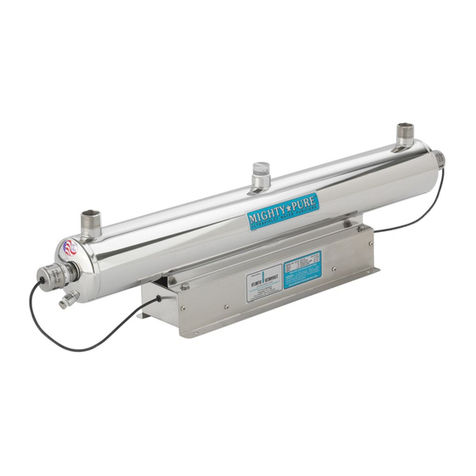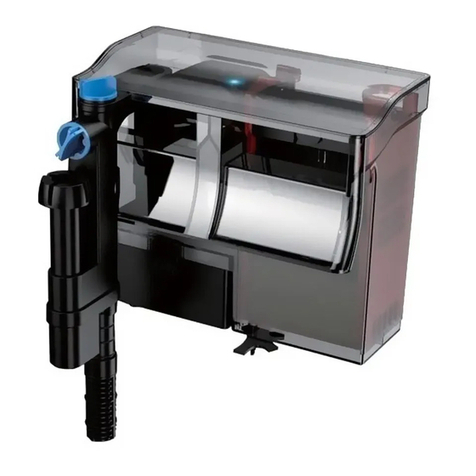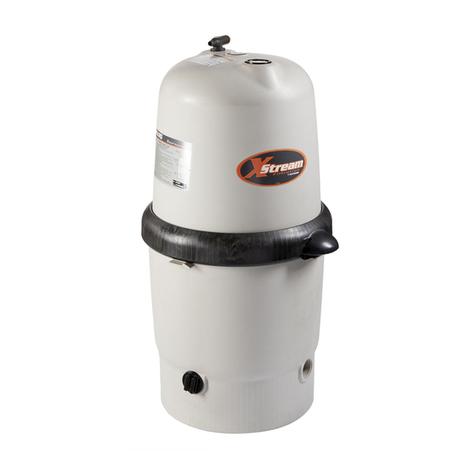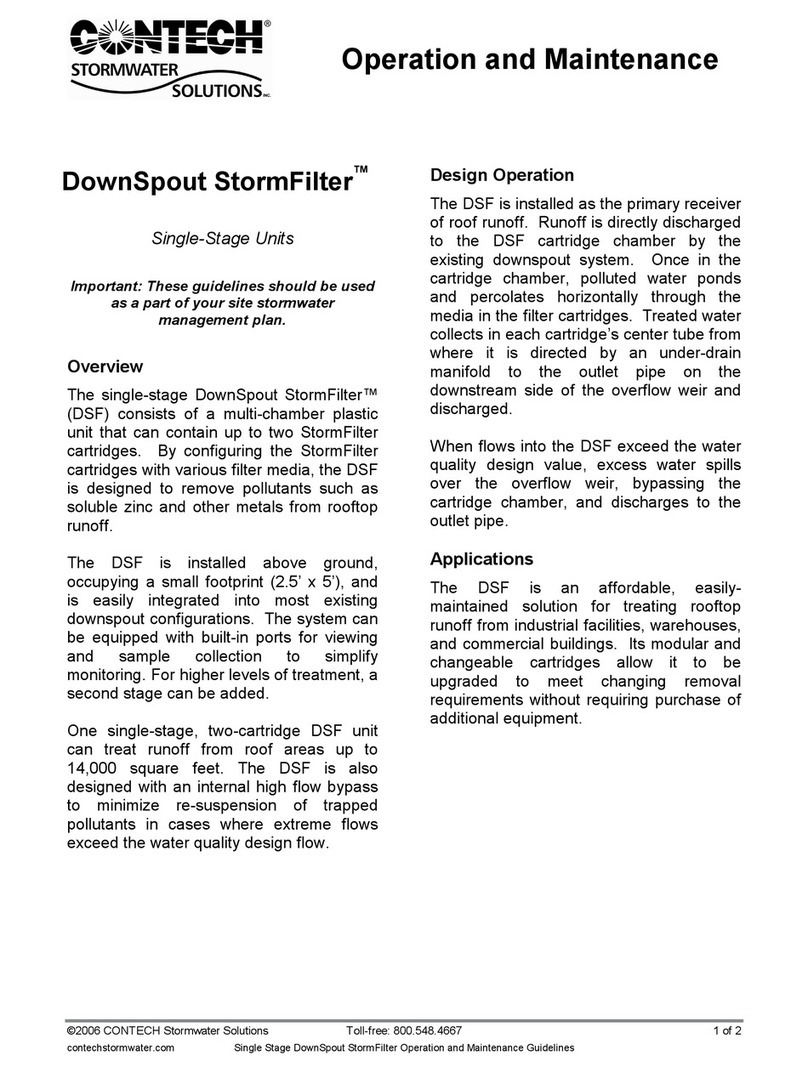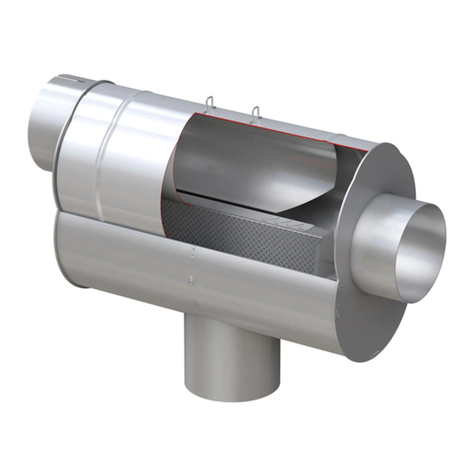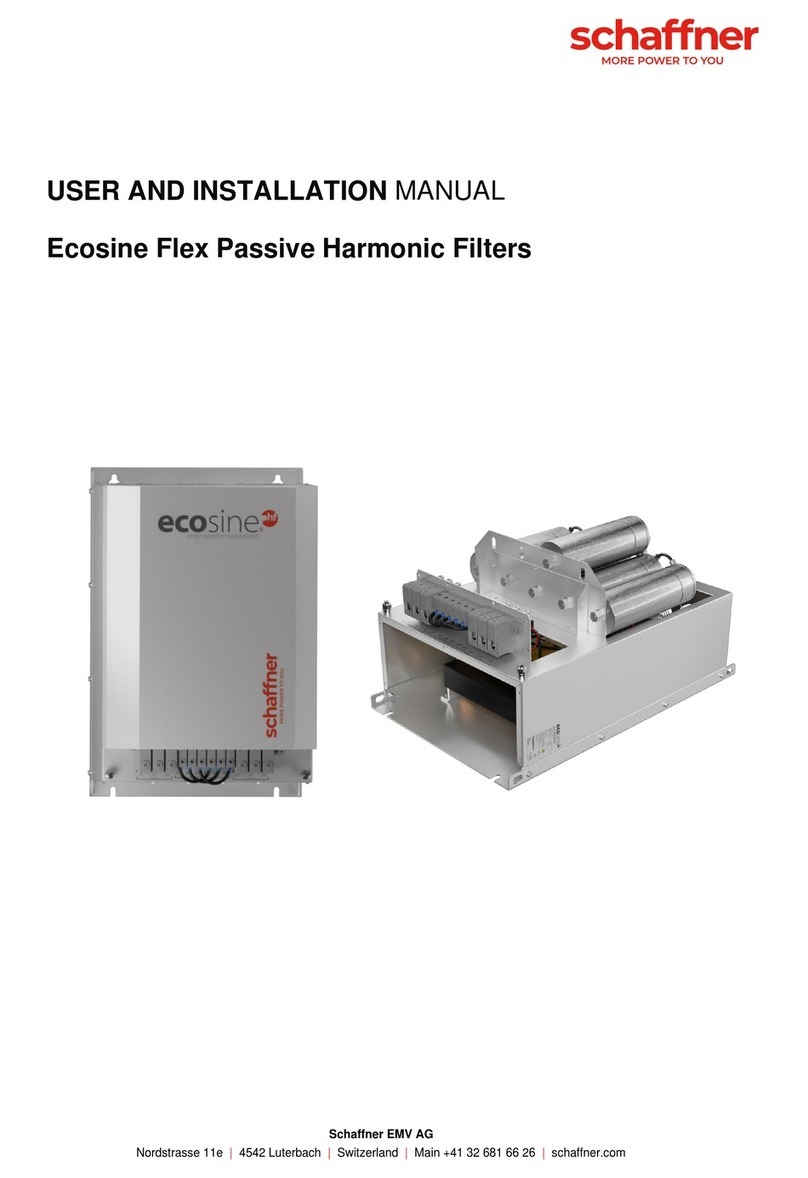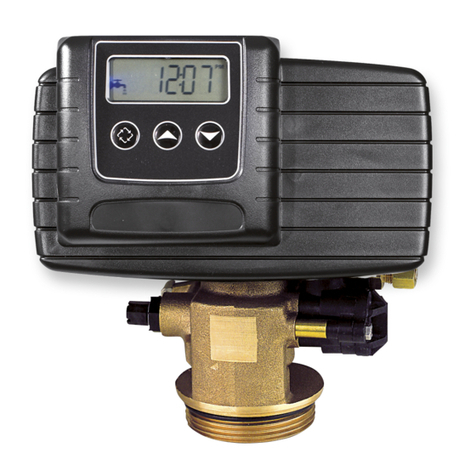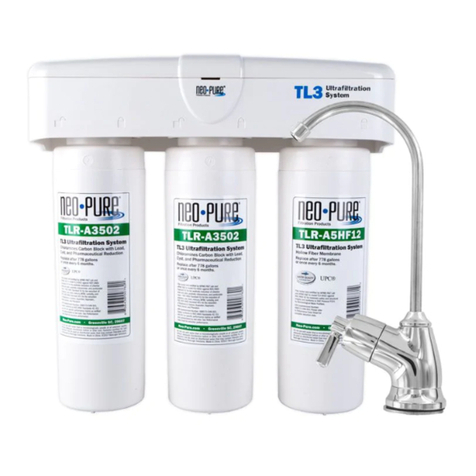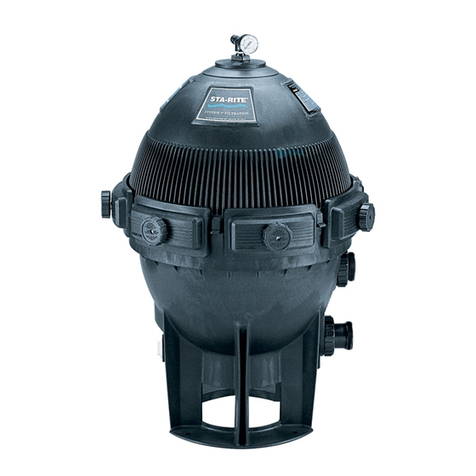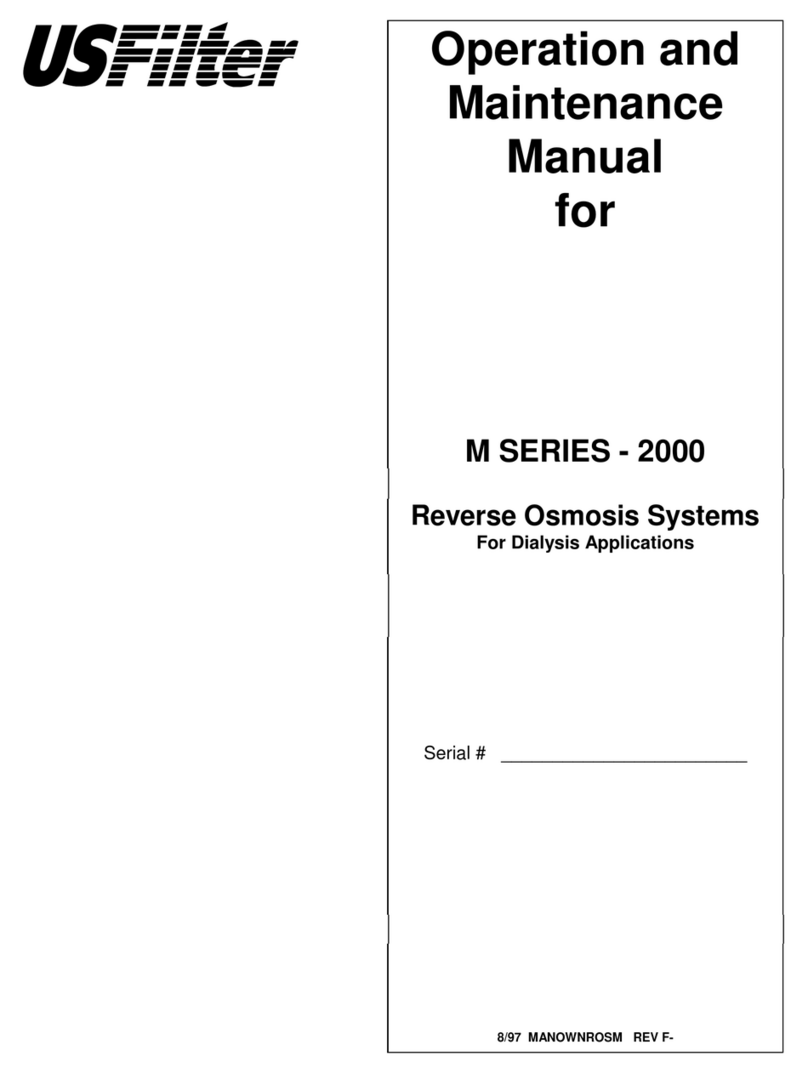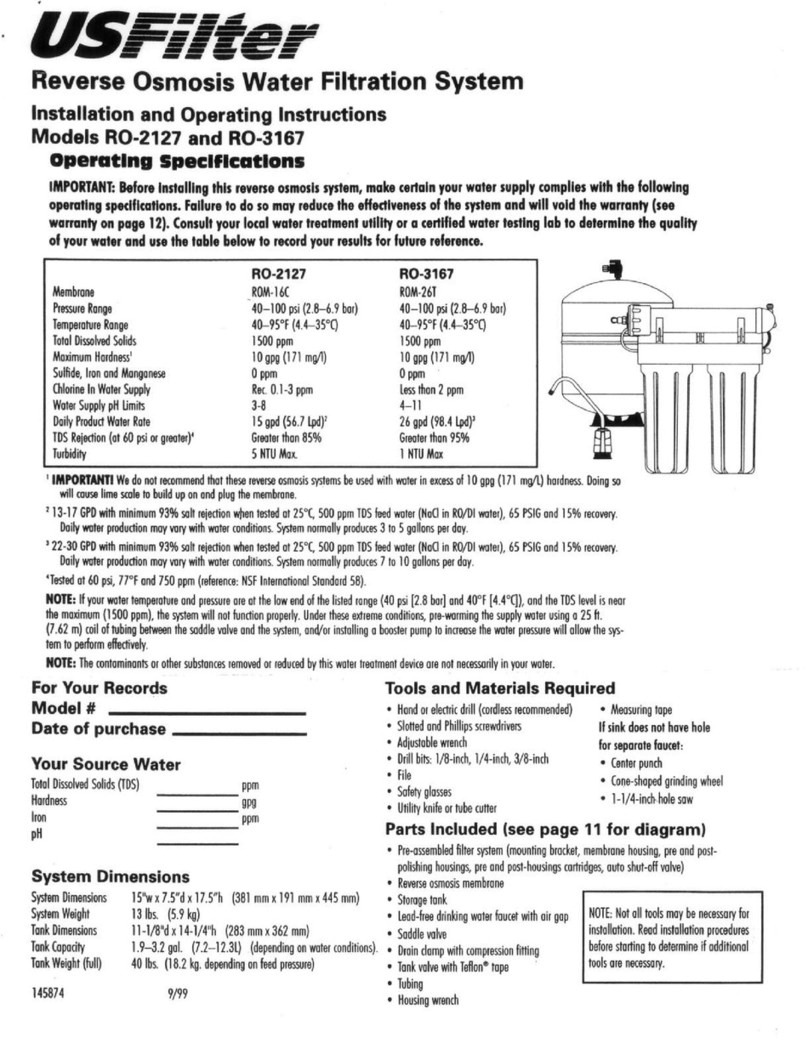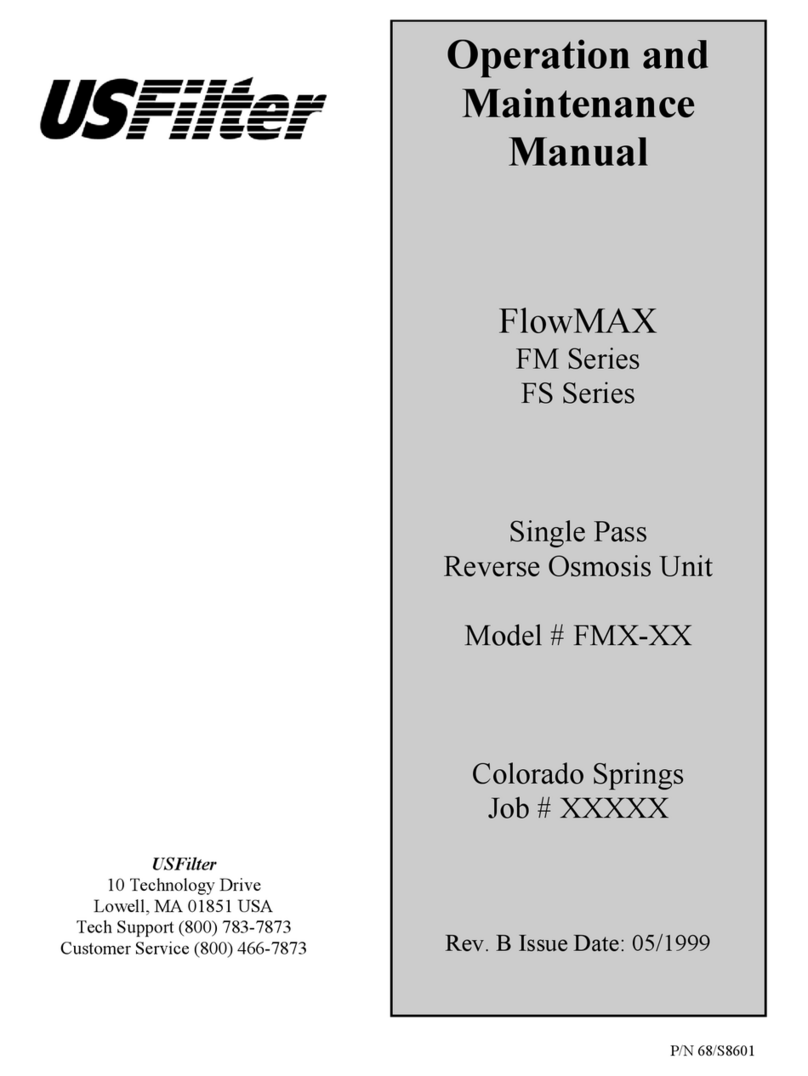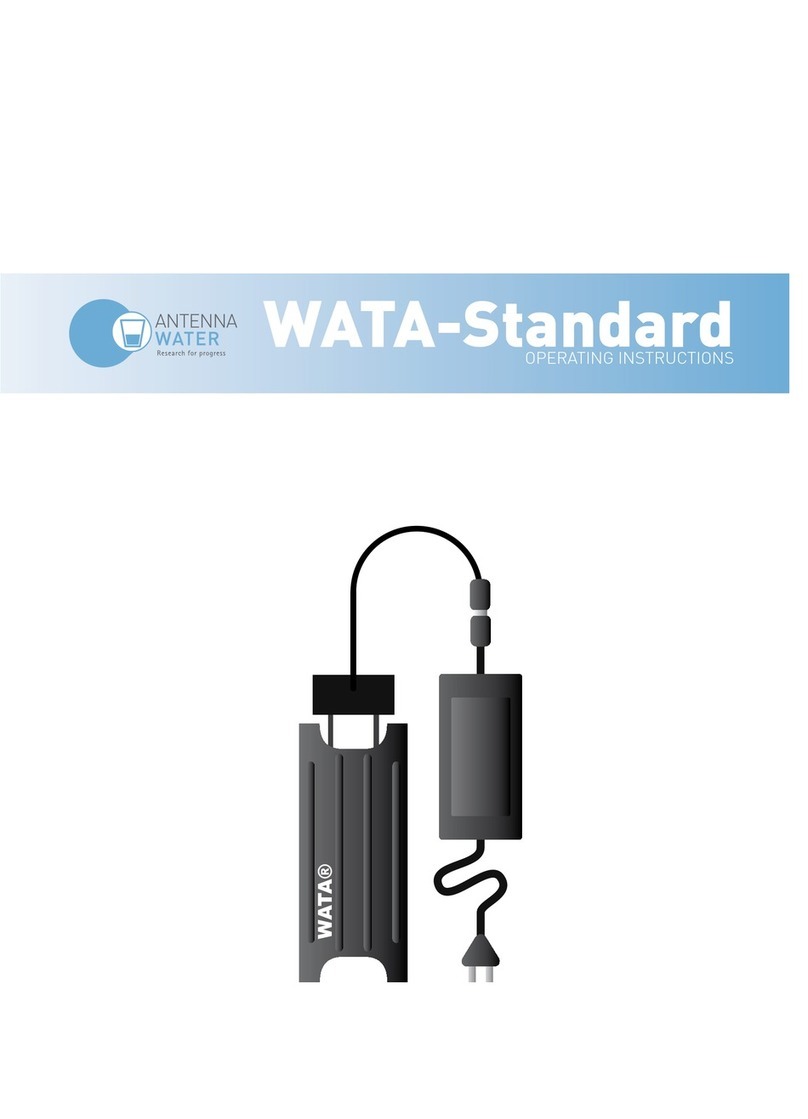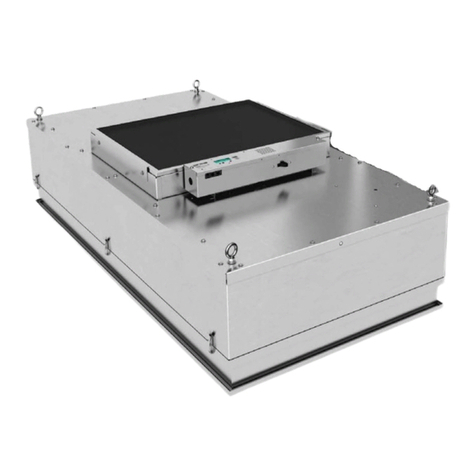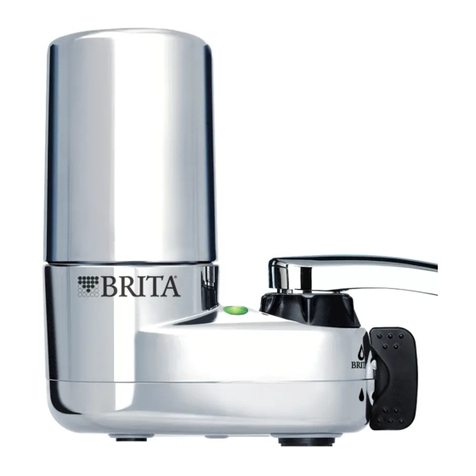
MANOWNROLH INTRODUCTION
U.S. FILTER 1-1
1.0 INTRODUCTION
Congratulations on your selection of this U.S. Filter water purification system. This system is
designed and manufactured to the highest standard of quality and fully tested and inspected by
competent personnel. In order to get maximum performance, we ask you to read all of the
following instructions before installing and operating this system. Any warranty offered will be
void unless directions are followed exactly.
This manual is divided into sections for easy reference. Review this manual thoroughly and
then return to section 2.0 for the step-by-step installation instructions.
If you need technical assistance in operating or maintaining your U.S. Filter unit please call your
local U.S. Filter representative or should you require further assistance call U.S. Filter,
Technical Service Department at the phone number on the cover of this manual.
1.1 SYSTEM FUNCTION
The function of a Reverse Osmosis (RO) system is to separate contaminants from a
water supply by a RO membrane. The system produces purified water that is low in
inorganic salts, organic matter and bacteria. The purified water can be used as a direct
feed to a distribution system or stored in a reservoir.
RO systems operate on the principle of passing water through the membrane under high
pressure. Most of the water passes through the membrane and is purified. A portion of
the water containing the impurities is not passed through the membrane and is rejected
to drain. Prefilters are used in many systems to reduce the amount of particulate
contamination reaching the membrane thus insuring the membrane does not become
clogged.
Please refer to general membrane specifications and System Specifications Sheet in the
Appendix for other parameters important to the operation of the system.
1.2 QUALITY ASSURANCE/QUALITY CONTROL
Quality Assurance and Quality Control are words that mean many things to many
people. All too often they are used as "catch" phrases that sound good but mean little.
At U.S. Filter we have defined these phrases into a series of engineering and
manufacturing practices and control procedures to insure that you, our customer, receive
the finest product available in the world. We will continue to update these practices and
procedures in an effort to improve our systems and to insure that they continue to reflect
state-of-the-art technology and reliability.
Quality assurance is the cornerstone of our quality program. It begins with the selection
and qualification of components and materials. Before vendors are selected, their
products must meet or exceed rigid standards set by our Quality Assurance Department.
From that point, our incoming material inspection insures only reliable components will
be used to manufacture systems. Numerous checks are performed as the system
passes through the manufacturing process. The completed system must pass a series
of tests before release to insure the system meets technical and performance
specifications.
Customer feedback is also an important element of our program. Division heads meet
on a routine basis to review customer feedback and initiate actions that result in process
and product improvements.
